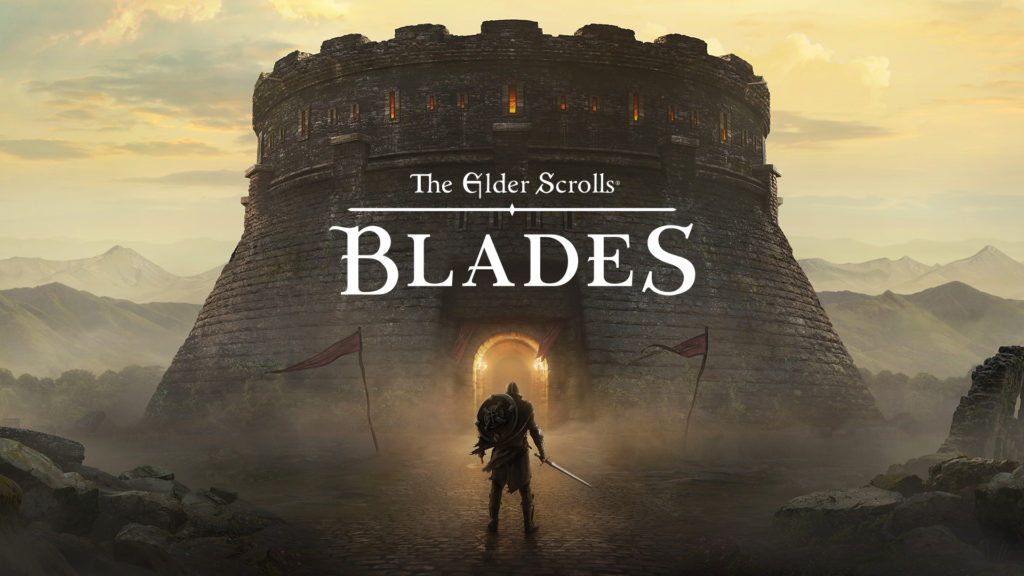
While it’s been out for a while on mobile platforms, The Elder Scrolls: Blades finally dropped on a console last week with its release on the Nintendo Switch. For those of you who are unfamiliar, this is Bethesda’s free to play micro-transaction first person action game. It was released for iOS and Android last year and takes place between Oblivion and Skyrim. I reviewed the original phone release of Blades a while back here, and since it’s out on Switch, I figured it was time to revisit it and see what it’s like on a console. In addition to my review here, staff writer and editor Jonathan Balofsky will also be contributing his take on The Elder Scrolls: Blades at the end of this review for an alternative viewpoint.
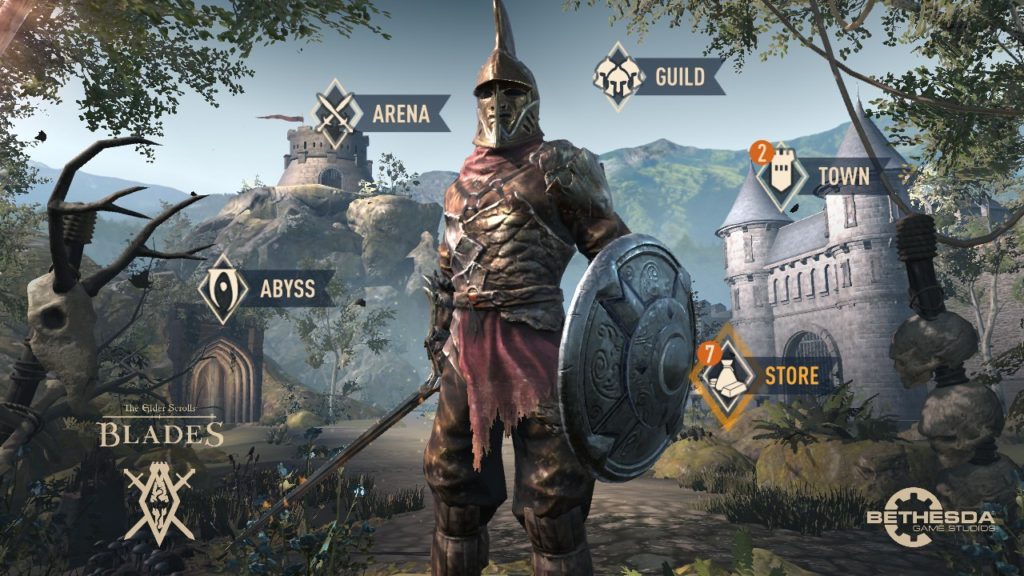
Like its smartphone iteration, Blades is completely free to install and play. You build a character, customize them, and then you’re sent into town to acquire quests and help out the locals as they try and salvage their village after it was mysteriously destroyed. As in other Elder Scrolls games, you’re slowly ironing out the issues people have, solving their problems, and in general, being helpful as you repair the town and uncover the plot of the game. The storyline isn’t complex in Blades, but it’s decent and has more than a few surprises. Getting to those surprises however, might be more of a challenge than you may anticipate.
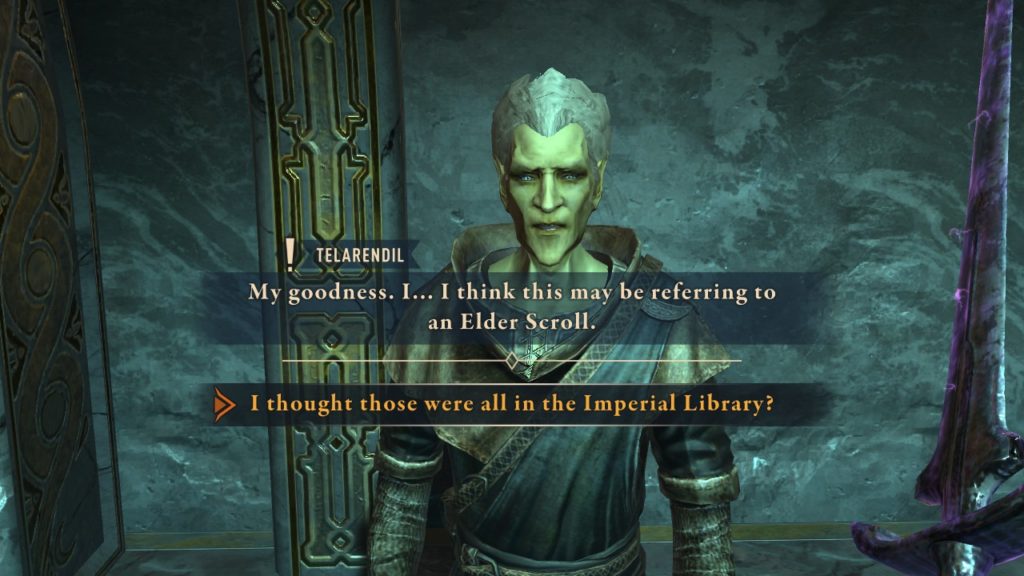
The way Blades is structured is primarily mission based. Enter a dungeon, play through, gather supplies, kill everything that moves, and then come back to the town and use your gains to rebuild and upgrade. Initially, I was frivolous with the starting supplies I was given, but I soon found that you only can make a handful of health potions a day and that you can’t just bull your way through levels. Each dungeon has a skull rating of 0-5, and the higher the skull rating, the harder the level is for you. By level 10 or so, most of the skull ratings were 5, meaning that I would most certainly die a horrible death if I tried to proceed. I tried anyway. I died horrible deaths.
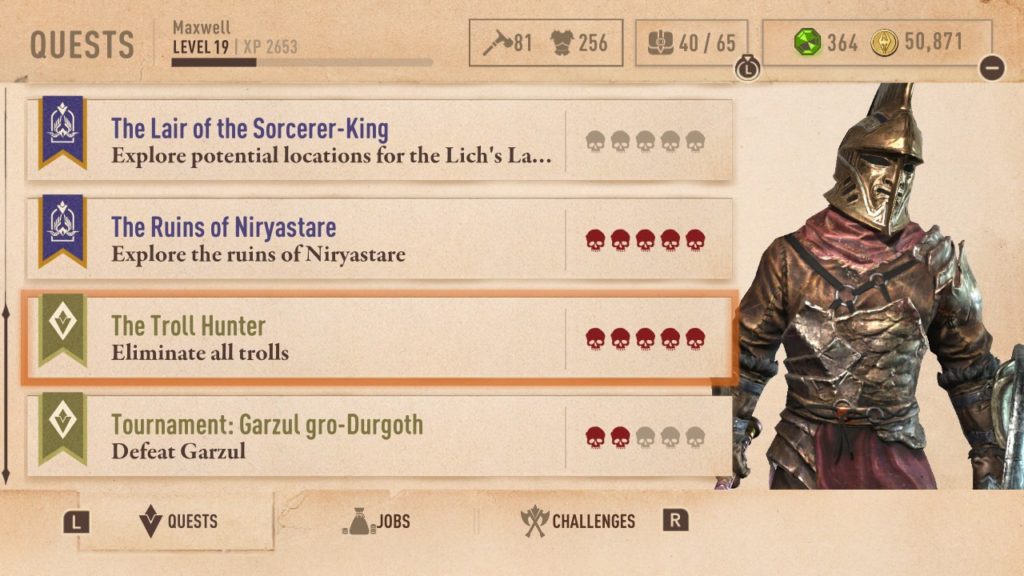
Now, there are ways around this. Blades is specifically designed around green gems that you can buy. You can speed up construction times with them, lower the time it takes to forge stronger or enchanted items, and even use them to revive if you die. Unfortunately, they’re a limited commodity. Burn too many and it’ll be days or weeks getting them back. However, you can conveniently buy them in packs from the store, which is how Bethesda is making their money off Blades. It isn’t a pay-wall, since you can incrementally progress without buying gems and items, but more of a pay barricade. Blades is still playable without spending a dime, but you can’t play more than an hour or two a day. That’s actually a bit of a blessing in disguise because it limits your play and exposure to a game that is a much stripped down version of a regular Elder Scrolls title. A dungeon here and there is fun in Blades, but playing all day would become tedious quickly.
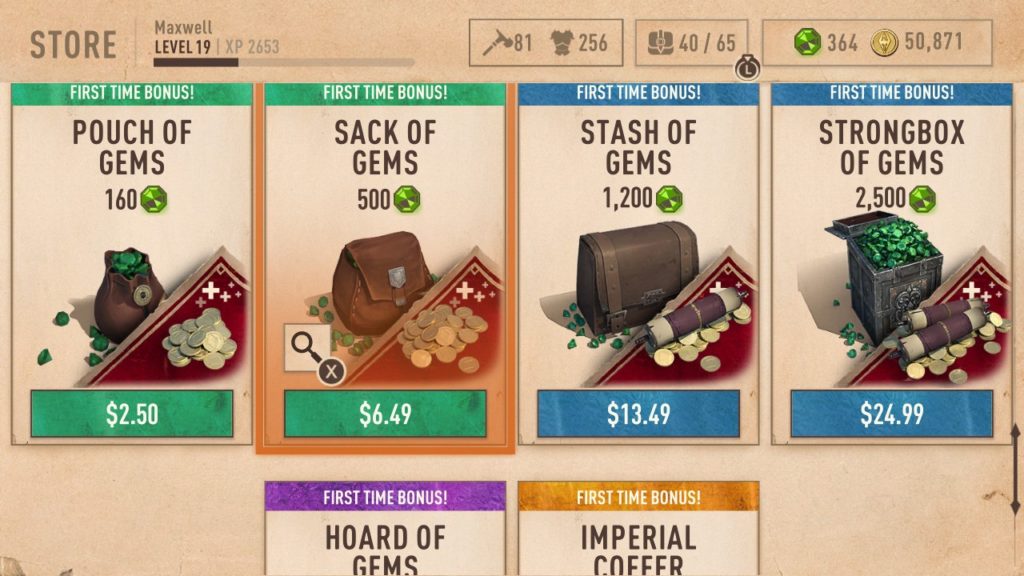
The reasons for that simplicity are obvious. Get people to play for free, waste time, take in incremental income. People are happy to spend $5 or $6 when they play something for a while, but definitely wouldn’t buy Blades for $40 or whatnot. And Bethesda not only knows this but trialed it on the phone version of the game. Several upgrades and changes have been made since the initial release, especially in regards to the way chests can be opened, but by and large, the game is still quite similar. The soundtrack is excellent but a bit repetitive after a while, the graphics are very slightly upgraded but still significantly less than a full Elders Scrolls release, and the gameplay is quite similar.
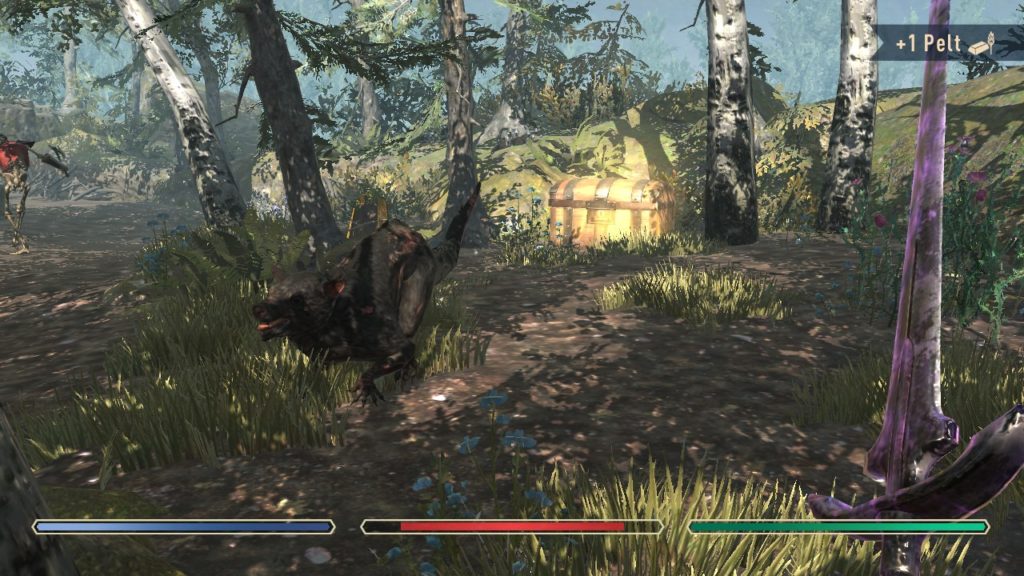
What you’ll notice quickly about Blades though is that it’s a bit glitchy. There’s popup everywhere on the Switch version and textures pop in and out all the time. Levels crash randomly on occasion, and the movements of characters are jerky and awkward, not mapped cleanly, especially in combat. However, the game is free. Did I mention that it’s free? And fun? It’s fun too. And free. It’s hard to be grumpy when you’re getting a game that costs you nothing, even if there are more than a few technical oversights and issues. By and large, Blades plays fairly well and it’s fairly fun to play. It actually has a rather unique combat system that’s surprisingly challenging once you get leveled up a fair bit, and a robust upgrade and weapons system that’s deeper than it seems.
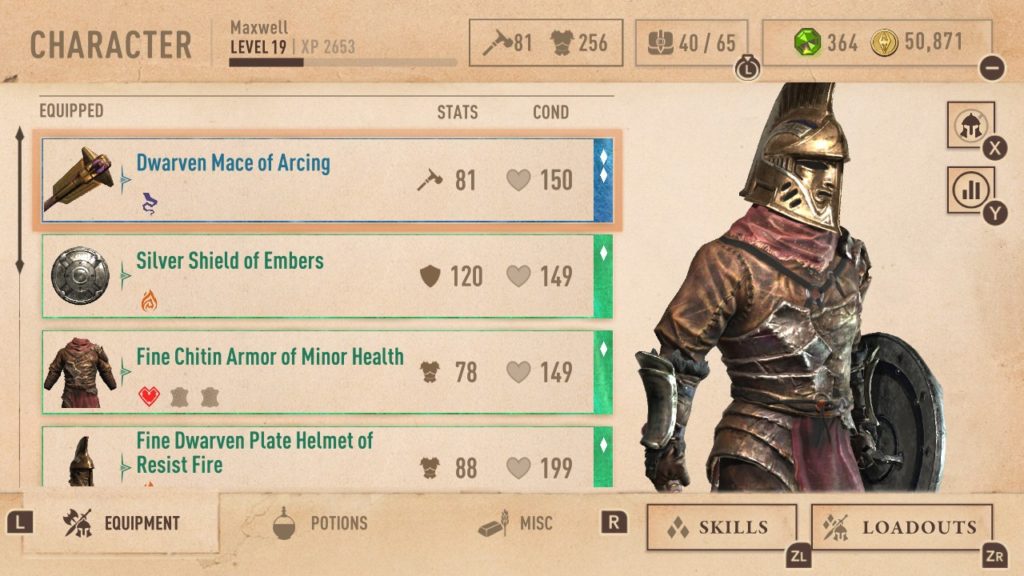
Let’s start with combat. Combat is unique in Blades because while it’s approach-based like other Elder Scrolls games, here you use your shield or two-handed weapon by pressing up on the left stick to block. ZL swings to the left side of an enemy, ZR to the right, and holding down the button for just the right amount of time as indicated by the circles on screen can give a critical chance, often stunning enemies and allowing you to pummel them. Left on the d-pad and Y result in magic and special attacks respectively. A rhythm of blocking, attacking, switching to spells, and using power attacks is essential as you play further in the game and mastery of the combat system and its noticeable lag is the only way you’ll successfully proceed. Button presses are not instant and timing is crucial, often the difference between a slim survival through a tough battle and utter obliteration.
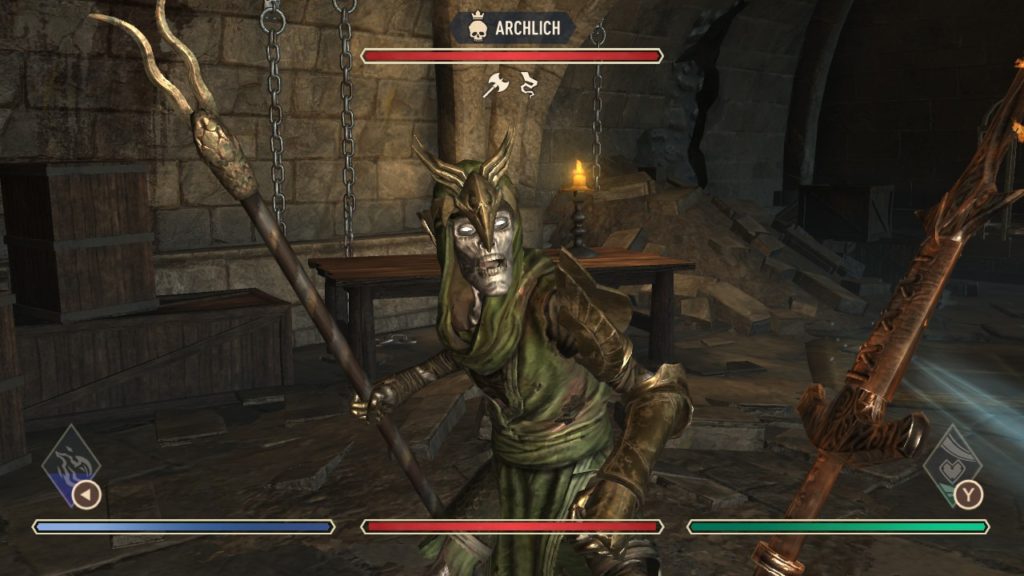
At first, I thought I could bull my way through Blades combat but I soon learned that picking the right weapons and spells was the only way I’d survive. Learning what spells affect enemies helps, but spells cast slowly so blocking smaller enemies kept my lifebar up with my limited potion supply long enough to complete most 1 and 2 skull levels. Once things got to 3 skulls, it was almost luck whether I survived and forget it on 4 or 5 skulls. That’s why crafting and upgrading are so crucial in Blades.
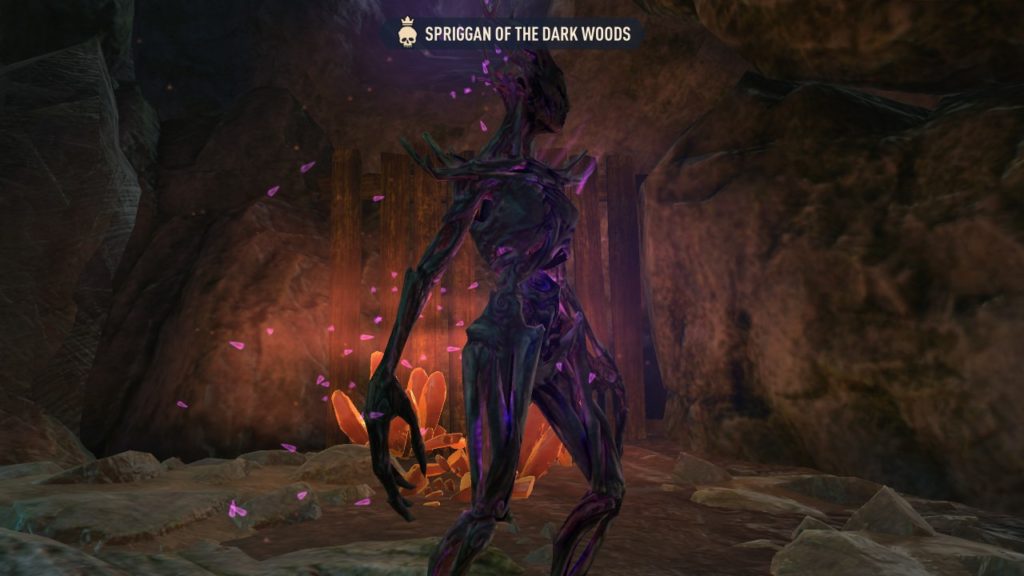
Once you’ve triumphed over a host of moderately generic enemies and a few cool ones, you go back to town and upgrade. The smithy lets you refine your weapons, making them more and more powerful as you upgrade it. The Alchemist allows you to buy and brew potions if you have the goods, but often you don’t, so don’t count on that potion stockpile as they go and go fast. What really helps though is the Enchanter’s Tower, which after upgrading, allows you to significantly enchant your weapons and armor, raising your power, defense, and elemental attributes such as a flaming swords to the point where the skull level of missions drops.
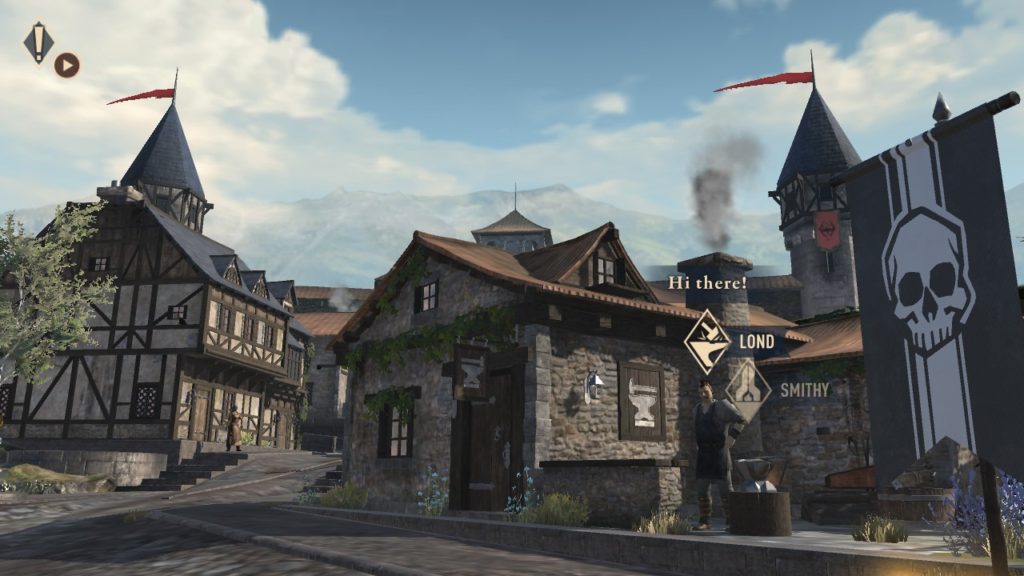
That was the key for me, realizing that upgrading the town heavily gave me the ability to make stronger weapons. You don’t find them in dungeons or get them on missions very often and Blades requires constant weapon upgrades to be playable. It is imperative to make your own weaponry better to progress. I was forced to go it alone and make my own way, forging the weapons that I thought would be most effective, often waiting until the next day to get one forged rather than wasting 20 or 30 or even 50 gems on speeding up the process. As of level 20, I’m doing pretty well now. My town is level 6, I have two Smithies and one is level 4, my other buildings are all level 2 or 3, and I’ve managed to get most of my missions down to 2-3 skulls. I’ve found Blades to be a constant balancing act. Get too far ahead too fast and its wait, wait, wait until easier missions appear or you can forge more powerful equipment. And don’t skimp on your armor either, as enemies do a huge amount of damage. Definitely temper everything as much as you can and immediately upgrade to the next level of items when they become available, even for a short-term loss in power. I also discovered that a sword and shield work noticeably better than a two handed weapon, especially if you’re playing higher skull levels. If you’re overpowered, two-handed weapons are fine, but you need that extra defense, or sometimes a shield bash or harrying bash to really put an enemy in their place.
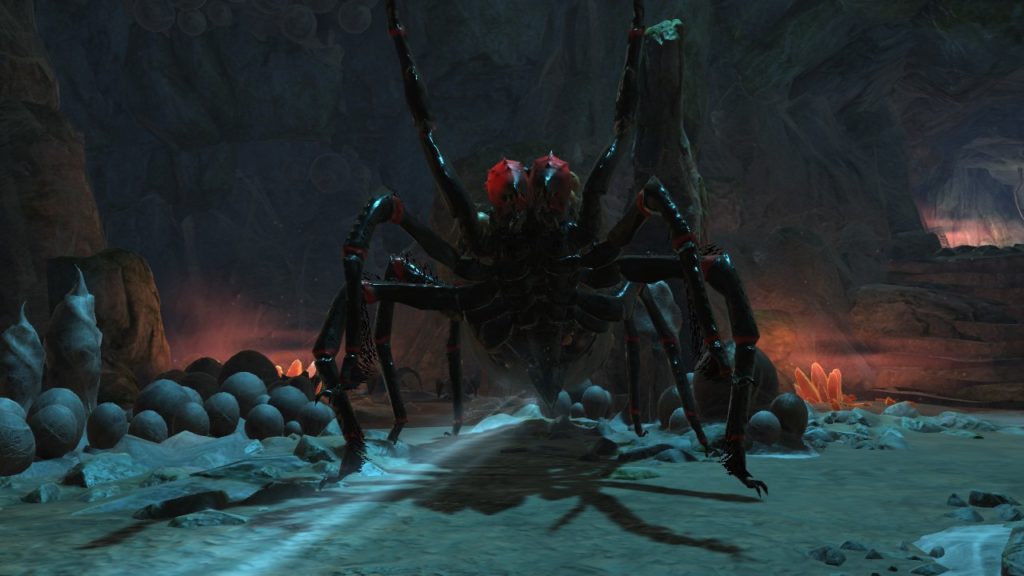
Ultimately, this is a time waster with some fairly in-your-face pay options that I highly wouldn’t recommend for younger kids, especially ones that have access to buying items on the Switch. Every level up offers the sale of more items for real money or gems and randomly, store purchases pop up on screen. Parents should definitely be wary of their kids playing Blades without supervision due to the monetization in the game. However, especially for adults with patience and impulse control, Blades is a fun little diversion that’s entirely free to play and surprisingly well thought out overall. You can avoid spending money, blow a few hours, and get a bit of Elder Scrolls filler before the next game comes out in maybe another decade or so. However, not everyone loves The Elder Scrolls: Blades or thinks it’s necessarily worth your time. Here are ROG’s Jonathan Balofsky’s thoughts on the game:
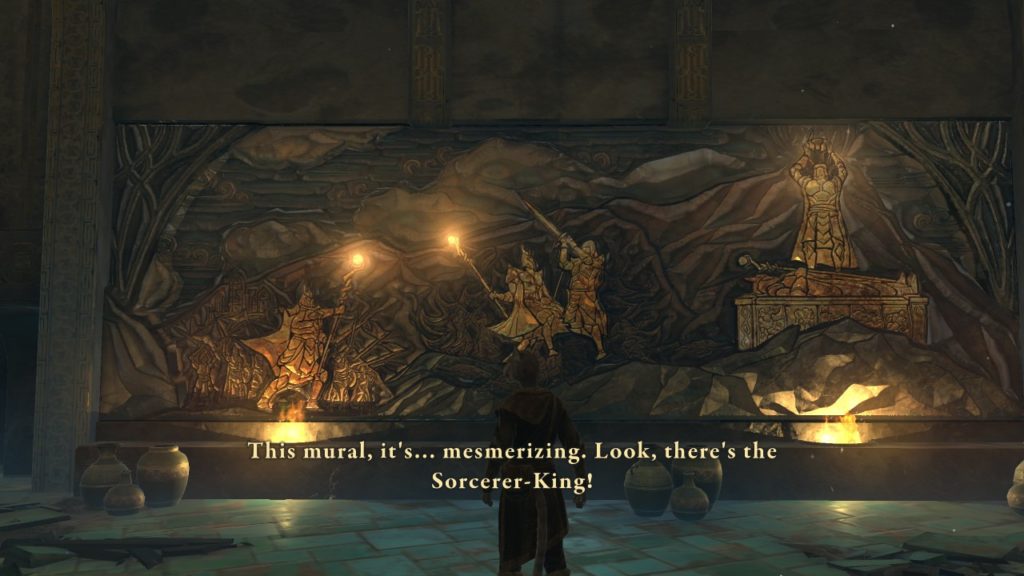
My own experience with the game was a bit different. I experienced lots of pop-up and clipping, as well as bad animation. I also noticed a few other issues, primarily the long loading and repeated environments. While loading is not new to a game in the Elder Scrolls franchise, nor are repetitive environments, the latter are usually much less blatant than they are in The Elder Scrolls: Blades. Several missions are the same exact area over and over again, while full games in the franchise try to add at least something to similar levels to set them apart.
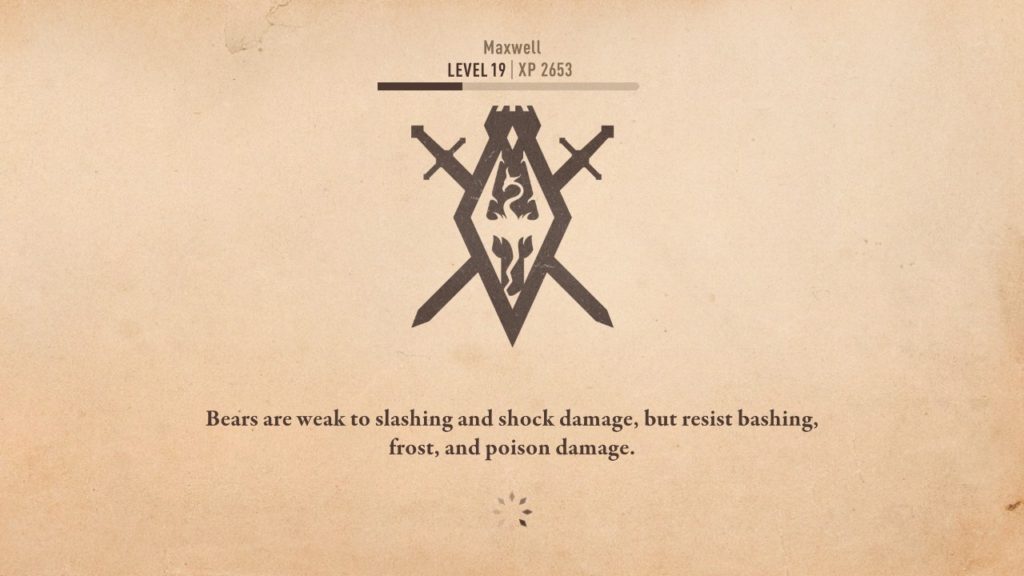
Another issue is the poor optimization of the game on Switch. The framerate chugged along slowly at times and I had a difficult time with the controls, which felt non-responsive. There was also a noticeable lack of functionality, such as menus not working the way they were designed, meaning I could not even end a mission when it was completed sometimes. The worst part however was that I felt the game starts urging you to pay to play around the time you get to level 12 by giving you overpowered missions that you cannot accomplish without buying in game currency for new equipment, revivals, potions and more. You can be patient, but it is a very predatory system, as most people simply lack said patience.
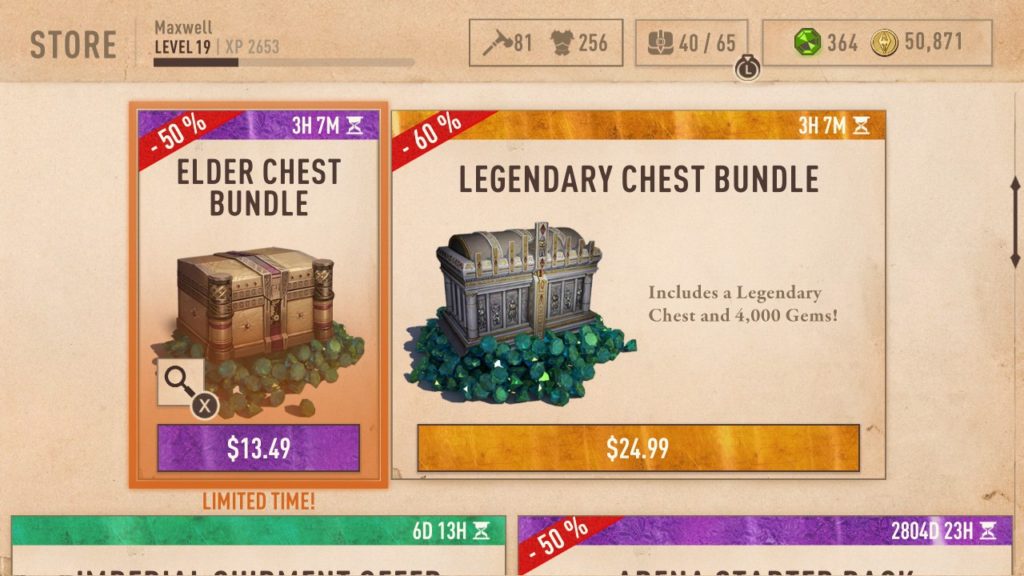
Blades is not all bad though, as the game does add some interesting new lore. It builds on the events that lead up to Skyrim, adds to the story of some of the daedra, and expands on the Orcs in a way I genuinely appreciate. If the game simply focused on the lore and wasn’t a pay-to-play system, I would have loved Blades, but the negatives definitely hold it back for me.
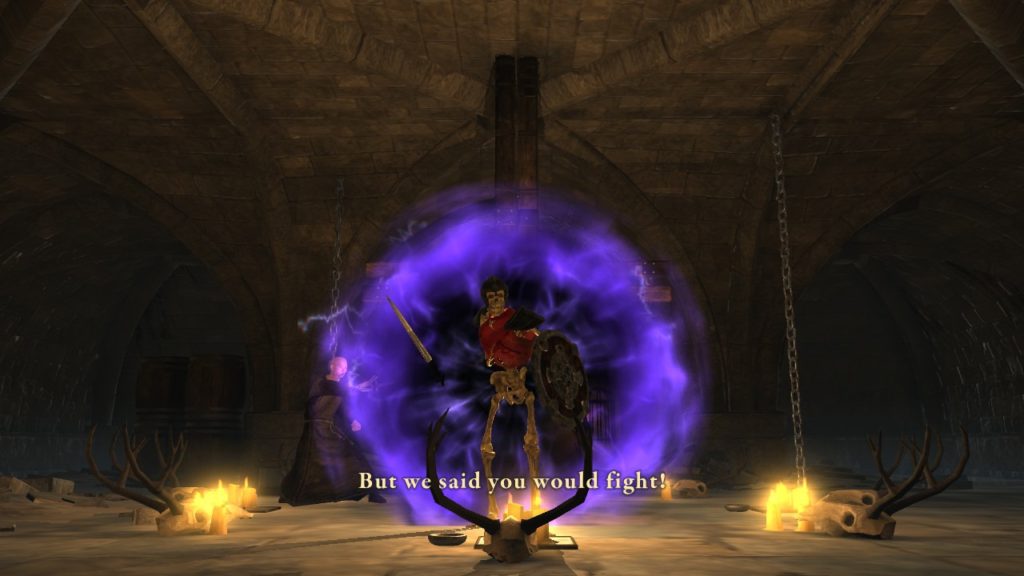
This review is based on a digital copy of The Elder Scrolls: Blades for the Nintendo Switch. The game is free to download. It was played in both docked and undocked modes on the Switch and played the same on both versions. The Elder Scrolls: Blades is also available on iOS and Android for free.

